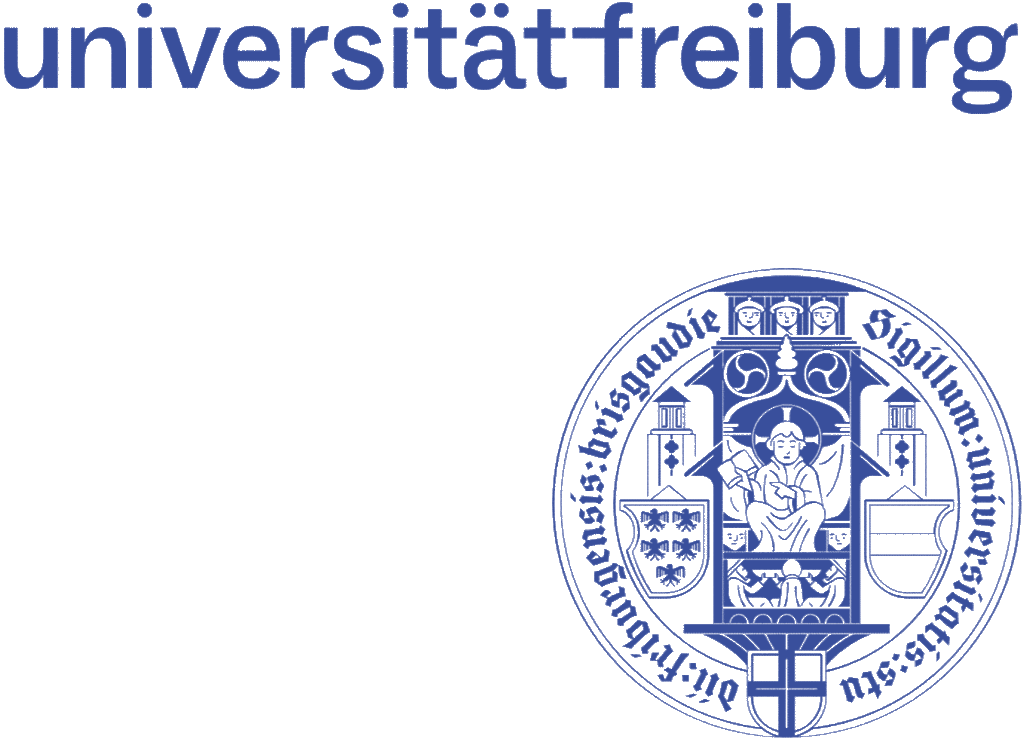
University of Freiburg
Institute of Physics Material Research Center
Experimental Cluster Physics
maziyar.kazemi(at)physik.uni-freiburg.de
High-resolution photoelectron spectroscopy on deeply cold gold clusters anions
Understanding the properties of the material will help to utilizing them in more efficient way to gain the maximum efficiency within the lowest price, lowest material consumption and also a bridge to the new accomplishment in new area of science. Another important aspect would be understanding the fundamental science that have had not been proved or observed or the theory which need to be improved or be credit. Properties such as investigation of the caloric properties, geometrical and electronic structure of clusters, Thermodynamic properties, Ultrafast processes, Wavefunction character, Magnetic properties etc.
Herein I am going to use the Cluster Apparatus for Silicon Investigation (CASI) which is an experimental setup for understanding the geometrical and electrical structure. In here characteristics of deeply cold tantalum clusters and gold clusters is going to be study using high-resolution photoelectron spectroscopy. Our magnetic bottle time-of-flight photoelectron spectrometer, which employs a time-dependent deceleration for electron package focusing, possesses an energy resolution of ΔE/E = 0.22 % (5.5 meV at 2.0 eV kinetic energy for Pt ions). This is five times better than a conventional magnetic bottle spectrometer and competitive with hemispherical energy analyzers, which have the disadvantage of a significantly smaller collection efficiency. Combining the improved spectrometer with a low-jitter, short-pulse picosecond laser operating at 211 nm enables us to inspect bound states with up to 5.9 eV binding energy with unprecedented resolution. This allows us to observe features like vibrational progressions or contributions from different isomers that have not been resolved before.

Supervisor: Bernd von Issendorff



